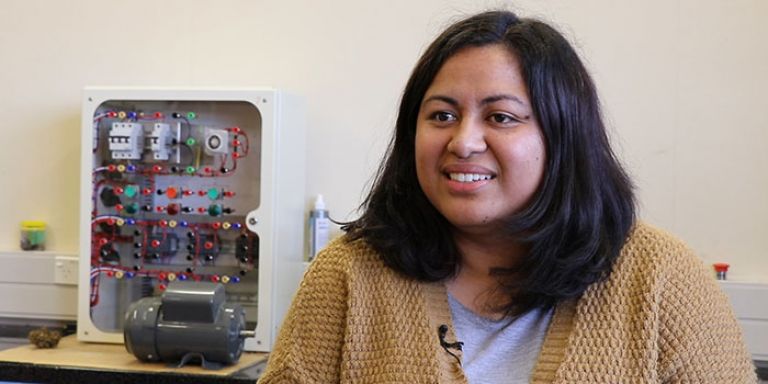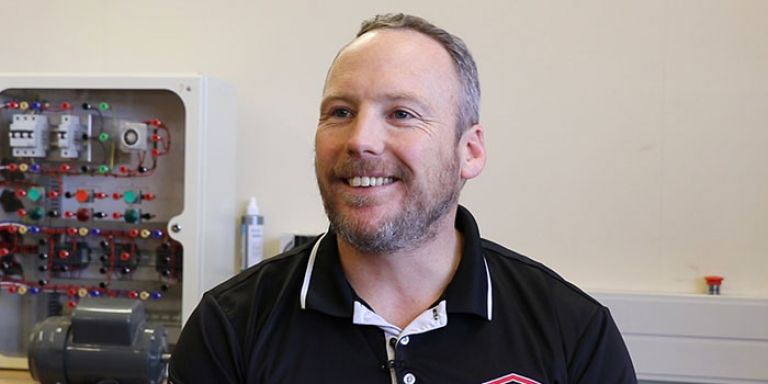This programme is currently full for our January 2026 intake, but we are still accepting applications in case places become available.
If you apply in January and are not accepted, you may be offered a place in July.
Programme highlights
Start your career in the electrical trades.
Become an apprentice electrician.
This programme will give you the skills you need to get your first job in this industry. You will gain introductory knowledge that underpins safe electrical installation, testing, commissioning, and servicing of electrical installations and equipment.
It is recommended you complete a minimum of 40 hours of relevant work experience.
When you graduate, you will be able to carry out some electrical work under supervision.
Please note: A small component of this programme is delivered by a sub-contractor.
You may be required to complete literacy and numeracy assessments as part of this programme.
Entry requirements
Applicants must meet the following entry requirements:
Academic
- Candidates must have achieved NCEA (Level 1) with Mathematics and English subjects
Or
- Equivalent knowledge and skills for entry into this programme.
Give yourself credit with Recognition of Prior Learning (RPL)
Did you know you can use the knowledge and experience you already have to your advantage?
Your previous work experience and on-the-job skills, volunteering, professional development, and other providers’ qualifications can be recognised as prior learning, matched against credits in our courses, and put towards your qualification – potentially saving you money and possibly helping you to complete your qualification faster Learn more.
Programme structure
You will need to complete the below nine courses (121 credits):
Do you want to study a single course, without enrolling into the full programme?
Courses within some of our programmes may be offered as an individual Certificate of Proficiency (COP). Programme entry requirements and course fees apply. For more information, please speak to our friendly Ask Me! team.
Further training or study
The programme will provide Learners with the theoretical electrical knowledge that will allow them to continue on to higher level learning in the electrical and electronic field, including:
- New Zealand Certificate in Electrical Engineering (Theory and Practice Trade) (Level 4)
- New Zealand Certificate in Electrical Trade (Level 4) with strands in General Electrical, and Electricity Supply, and/or
- Higher-level qualifications in other electrical fields.
Career opportunities
Graduates will be able to enter an electrical apprenticeship as a first-year apprentice.
Graduates may be employed in entry-level positions in trades relevant to the Electrical Workers Registration Board (EWRB) registration classes, other electrical fields such as switchgear fitting, electronics, electricity supply industry, manufacturing, electrical wholesaling or retailing.
For potential salaries visit careers.govt.nz.












